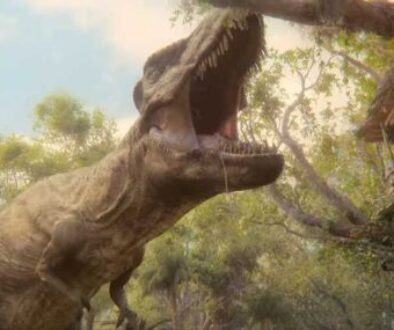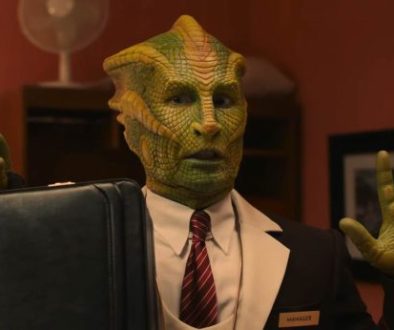“The Legend of Ruby Sunday” Review – Putting the “Who?” in DOCTOR WHO
Clint Hassell gives his SPOILER-filled commentary on the seventh episode of Series 14.
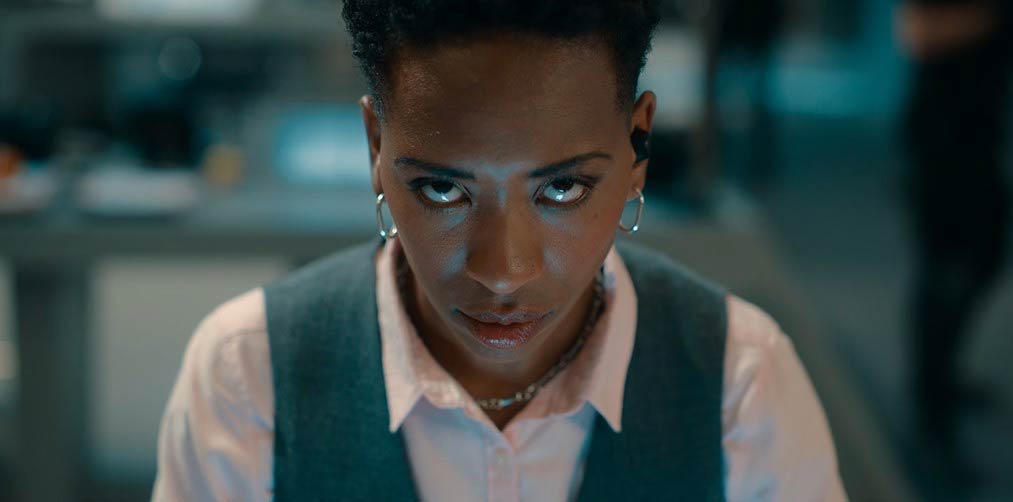
Note: this review contains full SPOILERS for episode 7 of Series 14.
In the United Kingdom, where classic Doctor Who is a staple of British culture, this cliffhanger must’ve been thrilling. Here in the United States, where classic Who was a niche show aired late at night on public television stations through the 1980s, this ending did not land. Which is a shame—not because Doctor Who needs to cater to every demographic—but because the entire episode is predicated on the cliffhanger. After baiting the audience with the return of Susan Foreman, the grandiose mystery of Ruby Sunday’s origin, and the identities of Mrs. Flood and the mysteriously recurring character played by Susan Twist, the return of a one-off villain from a 1975 serial—beloved as it may be—feels like a letdown.

Tragically, this underwhelming cliffhanger aired the same week that Davies acknowledged that, while the U.K. ratings “might not be the ratings we’d love,” more viewers under 30 years of age were watching the program than ever before. Obviously, Davies expected to have the hardcore fans swooning at the return of Sutekh while also introducing a classic villain to these new, younger viewers. But to sell this cliffhanger as “the biggest ever,” 16 years after doing this:
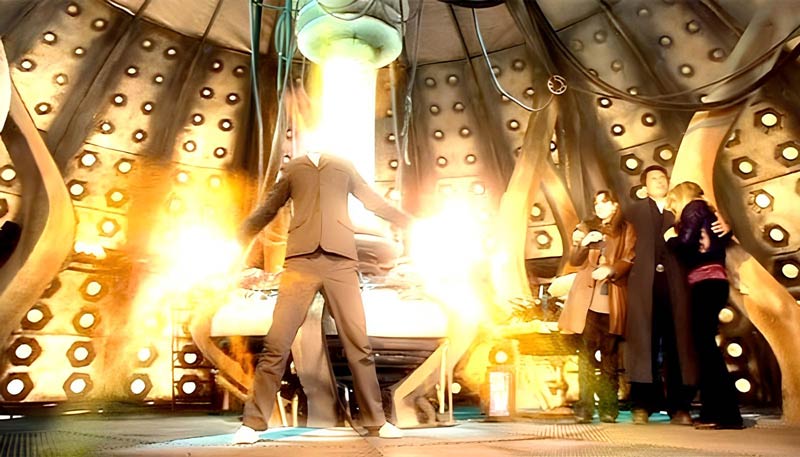
. . . well, that’s just madness.
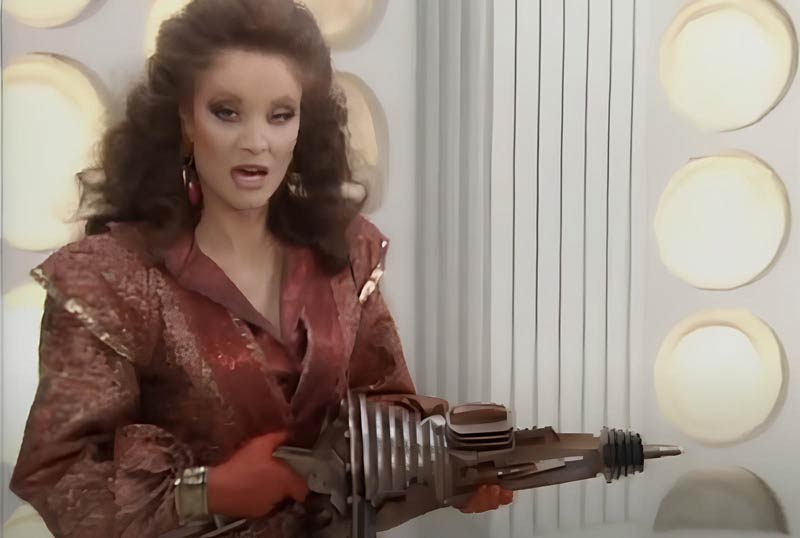
Certainly, this is a lot of haranguing about a silly cliffhanger. The narrative has yet to answer any of the questions raised regarding Sutekh’s plan, Ruby’s origin, or the identities of Mrs. Flood and Sue Triad. After next week, the cliffhanger of “The Legend of Ruby Sunday” will be meaningless and the episode will be largely judged based on the success—or failure—of the second half of the series finale. The problem is that this episode is built around its final moments in a way that affects the quality of the story.
Consider the episode’s teaser, where the Doctor’s TARDIS skids into UNIT headquarters. Until now, the mysterious, recurring woman has been a curiosity, not a threat, and the Doctor would also like UNIT’s help investigating Ruby’s history. Neither are seen as life-or-death scenarios, yet the episode suddenly portrays them as if they are, to ramp up the finale’s sense of drama. The same can be said of using videotaped footage from the night of Ruby’s birth as input for a holographic projector (here, erroneously dubbed a “time window,” though in practice it’s just a holodeck from Star Trek). Colonels Chidozie and Ibrahim have their guns drawn and the Doctor is yelling, “Don’t move! Don’t come in!” as if the situation is actively dangerous. It’s a hologram of a past event—there’s no reason for it to be considered risky—yet the ending of this scene is so telegraphed by the action and the dialogue as to not be surprising or exciting.
Imagine the horror of this scene, if its portent wasn’t shouted at the audience. Everyone is inside the holodeck—including defenseless Carla Sunday, heartbreakingly desperate to help her adopted daughter discover her origins—when suddenly, the image distorts. Heavy static—or is that snowfall?—obscures everyone’s view. Everyone panics. UNIT commander Kate Stewart calls out to Colonel Chidozie, but he does not respond. Corporal Sullivan screams but cannot be located. There is something here! “Something is inside the simulator!” “But these are just supposed to be holograms!” “Everyone, get out while you can!” There is a scramble for the exit as Ruby calls out for Carla. “Mum? Mum!”
. . . but, no. Instead, the ending of the scene is so foretold it lacks surprise. The moment Chidozie ducks behind the TARDIS, you know he’s dead.
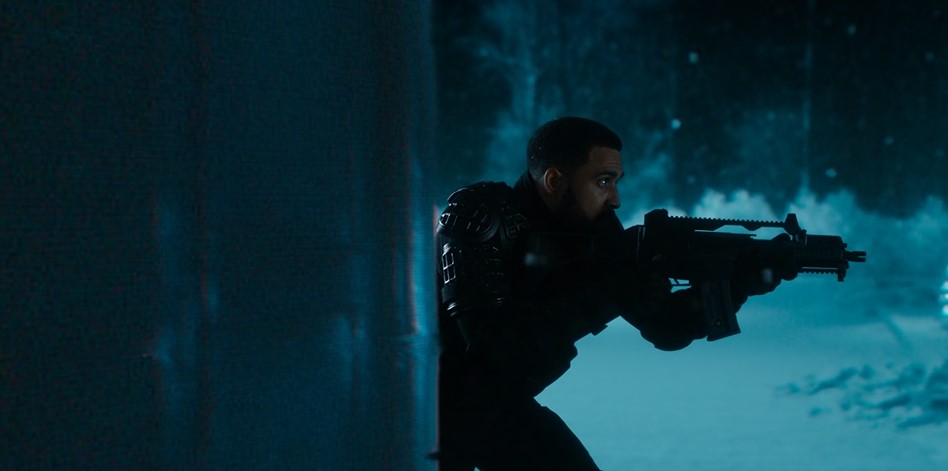
The tone is off throughout the episode, and the tension stays at a constant high, rather than organically building to peaks. Instead of playing against tonal or thematic expectations—happily investigating Ruby’s origins until something goes horribly wrong, or examining the Doctor’s guilt over abandoning his granddaughter when it is revealed that Sue Triad is not Susan Foreman—the entire episode is merely focused on announcing “THIS IS THE BIG FINALE!” at full volume. Why is “S Triad” being an obvious anagram for “TARDIS” indicative of a trap? The idea is never explained, making it as silly as Morris Gibbons’ continued assertions that a trap is indicated by a specific percentage. But, if it is such an obvious trap, then why divert attention away from the matter to investigate the night of Ruby’s birth? The episode tries to thematically link the Doctor feeling disconnected from his family with his wanting to reconnect Ruby with hers, but the parallel never quite gels. Further, it’s never fully established why the two plotlines are linked within the narrative. They just are, but that’s hardly a surprise, as the episode telegraps that fact the entire time.
Part of the issue lies in the increased cast. There are too many characters in this episode—so many, in fact, that, despite the episode being named for her, Ruby is barely a character, much less a companion. Beyond delivering some exposition and sobbing when she can’t see her biological mother’s face in the time window, Ruby doesn’t drive the action of the story. Many characters seem to be included just to make the episode feel grandiose; however, with no additional runtime, few are given much to do. As UNIT’s commander-in-chief, Kate Lethbridge-Stewart gets the most screentime, and actress Jemma Redgrave laces Kate’s interactions with the Doctor with subtext. As for the rest? Captain Ibrahim and the Vlinx are featured, but they weren’t given backstories in their initial appearance and aren’t developed here, so, who cares? They’re only here to set up the inevitable UNIT spin-off. New character Harriet is less a person than a shocking twist—one that hardly pays off as Series 14 has featured only one other harbinger, and the audience doesn’t learn Harriet’s last name until the revelation is explained. Rose Noble? She . . . runs an errand with Ruby, hilarious noting, “They never give me proper work,” before being side-lined.
And then there’s Morris Gibbons:
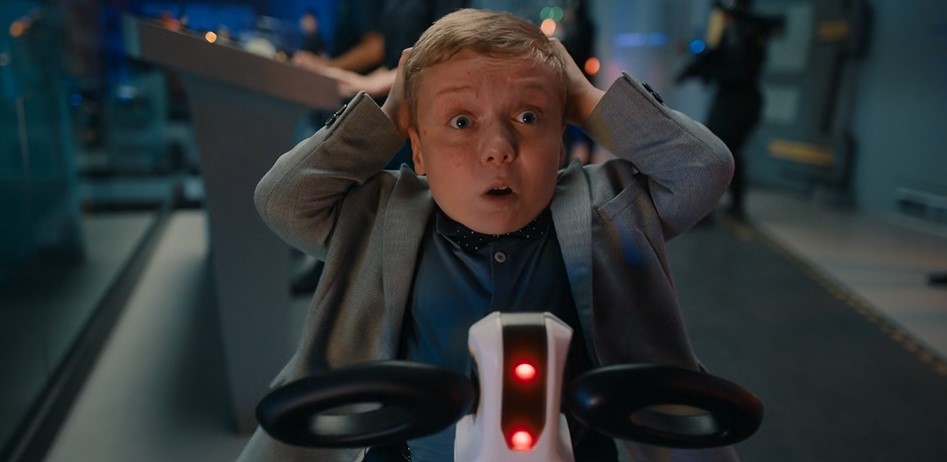
From his Silver Age comic book origins—“accelerated genius, thanks to a passing asteroid” (which, what?)—to the fact that this child actor cannot act, Morris Gibbons is undoubtedly the low point of this episode, if not the series. Where is the former scientific advisor, Shirley Bingham? Why shove Bingham into a role clearly meant for Kate Stewart in “The Star Beast” and feature the character in “The Giggle” only to replace her here?
Truly, Mel was the one UNIT staff member who was fully realized and had agency. Each of her scenes demonstrates that classic companions can function in modern episodes as more than the stock, screaming assistants they were, without ignoring their established personalities. Mel is still confident, headstrong with the Doctor, and doesn’t mind bossing the Time Lord around. More than Ruby, Mel fulfilled the companion role in this episode.
As for the titular Doctor, “The Legend of Ruby Sunday” continued a recent shift in his portrayal. An aspect unique to Doctor Who is the concept of regeneration—how, despite the change of lead actor, the Doctor is still the same character, and there is a throughline to his personality. Acerbic Twelve echoes grumpy Six. The Fugitive Doctor reflects the Machiavellian Seventh Doctor. Eleven channeled the same disarmingly chaotic energy as Two. The Thirteenth Doctor changed sex, yet actress Jodie Whittaker believably depicted the same person as portrayed by male actors Capaldi, Smith, Tennant, and Eccleston before her. In contrast, Ncuti Gatwa’s Fifteenth Doctor is being written and portrayed with less regard to the Doctor’s continuity of character. His Doctor has no “costume,” is hypersexual, frequently cries and needs comforting hugs, and is loud and attention-seeking. This new Doctor is not a complete overhaul, and the program did establish that the character had bi-generated away his guilt from the Time War. However, if “Rogue” featured an out-of-character Doctor, the Doctor in “The Legend of Ruby Sunday” is nigh unrecognizable, punching walls and too distracted by his own emotions to sense impending danger.
Who is this Doctor? The narrative establishes that Fifteen is actively trying to be a different person, stating, “I was a different Doctor back then, Kate. Great enigma. Still can’t shake it off. I’m trying.” Shifting the Doctor’s portrayal isn’t inherently bad, as shading the Time Lord with new characteristics gives future actors and writers a richer tapestry from which to pull. No one wants the next sixty years of the show’s run to feature parodies of Tom Baker at the Fourth Doctor. However, in an episode so focused on the Susan “twist” and stuffed with extraneous characters, this new Doctor feels strangely alien.
Random Musings
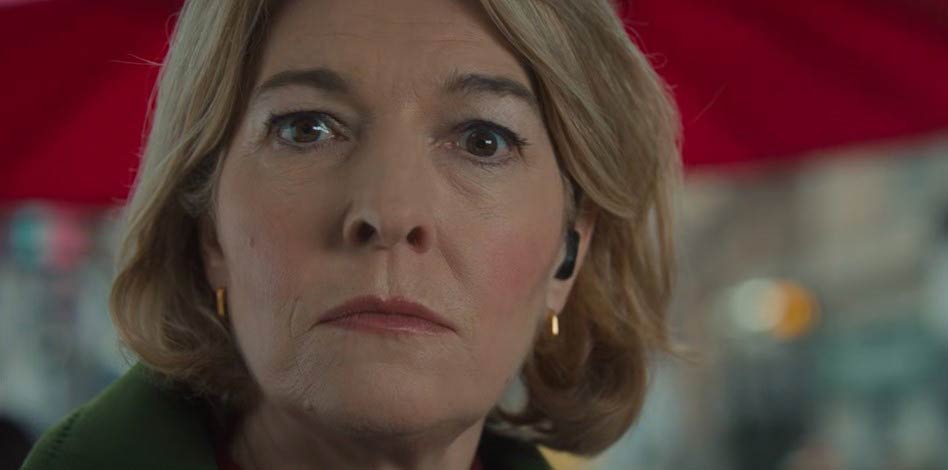
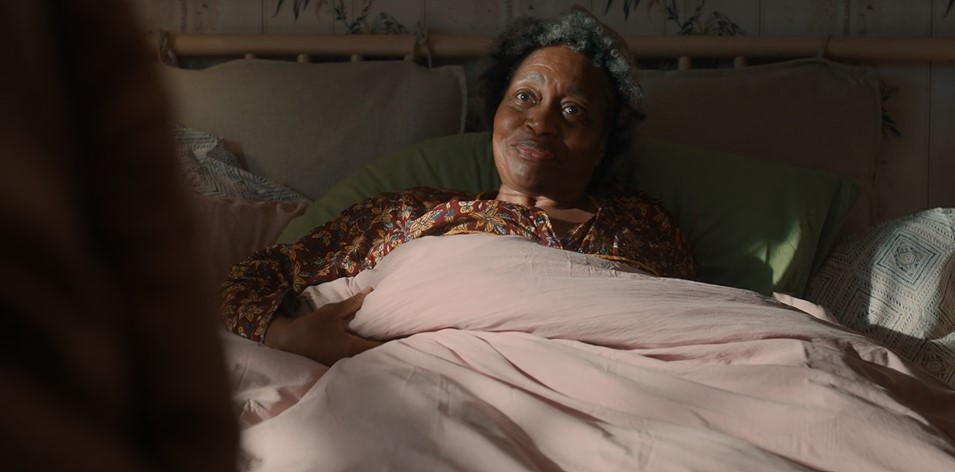
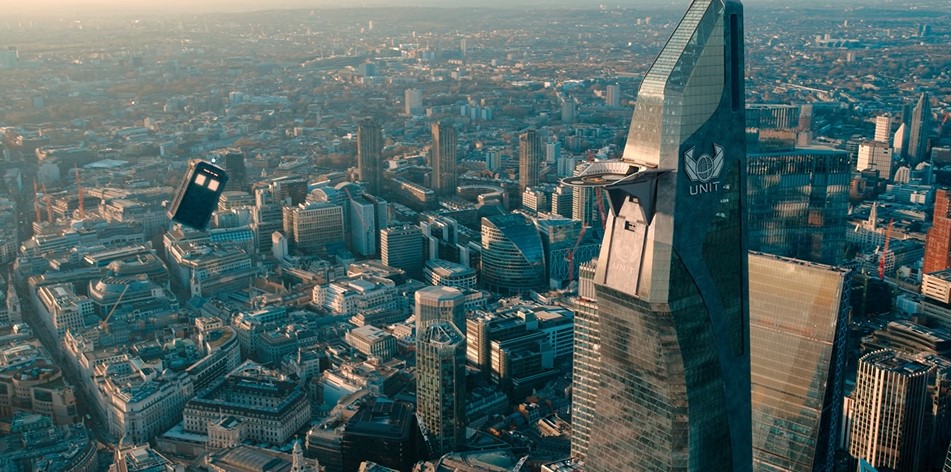
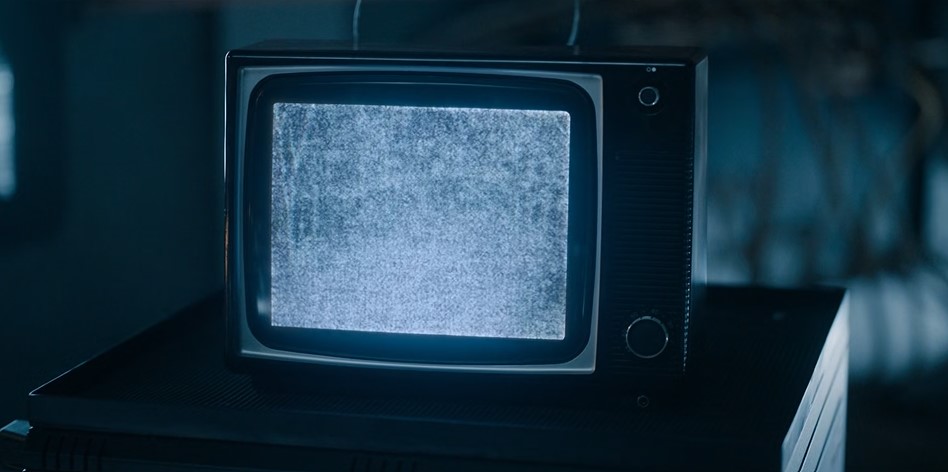
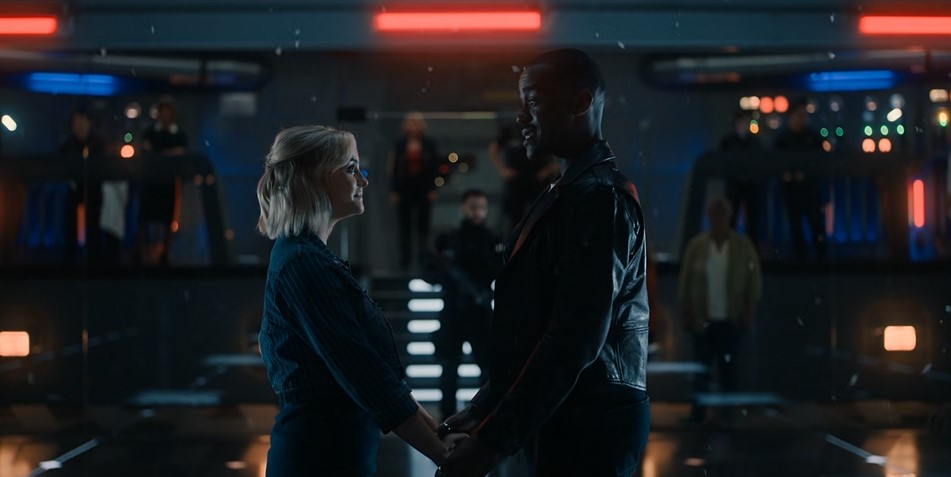
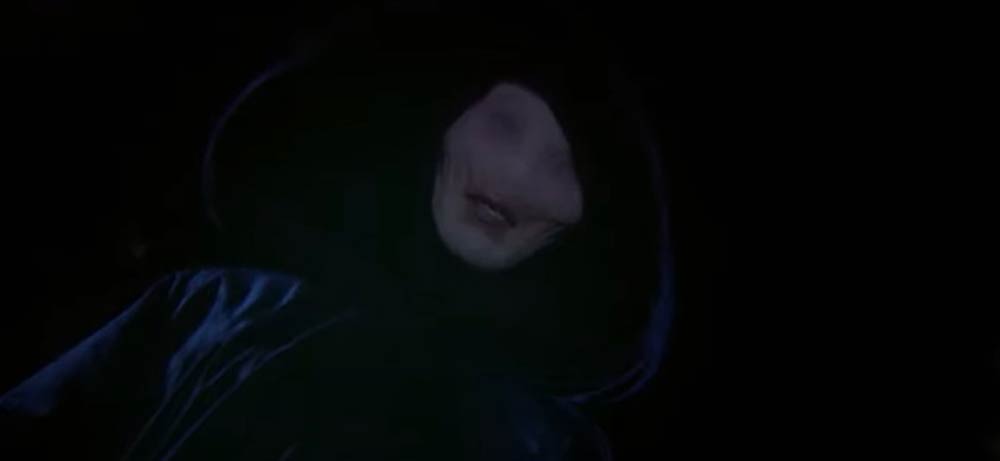

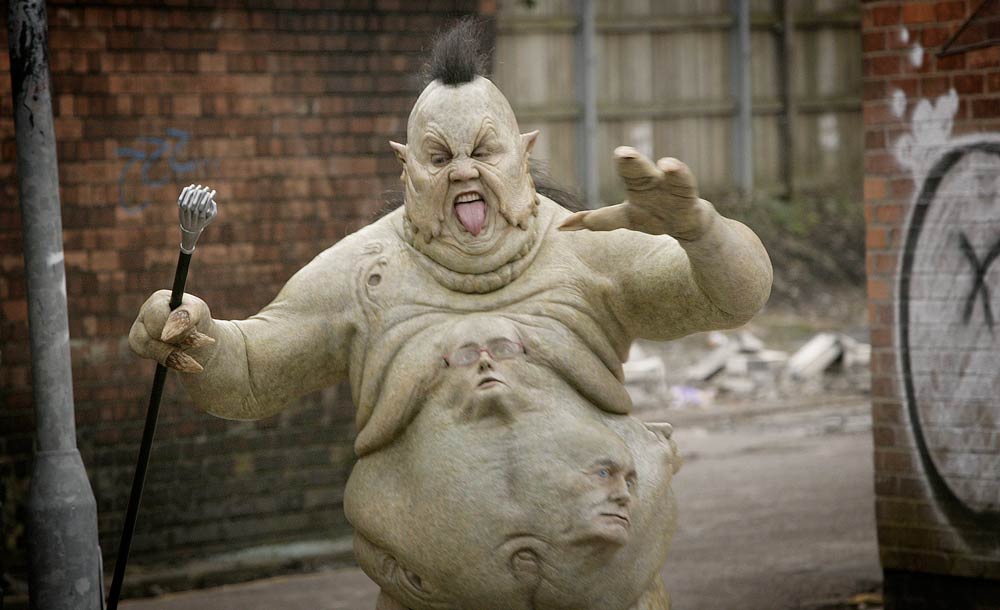
(Time) Capsule Review
Overstuffed with characters that detract from the titular question of Ruby Sunday’s origin and featuring a Doctor too distracted by his own emotions to notice the danger around him, “The Legend of Ruby Sunday” hinges entirely on its cliffhanger—the return of Sutekh, a one-off villain from a 49-year-old serial of classic Doctor Who. The episode seems to want to link the Doctor’s desire to reconnect with his granddaughter with his fervor to help Ruby find her birth mother, but the narrative is too busy baiting the audience with an appearance by Susan Foreman to connect the two plotlines effectively.
If you’d like to interact with the author of this article, follow him on Twitter @ClintHassell.




